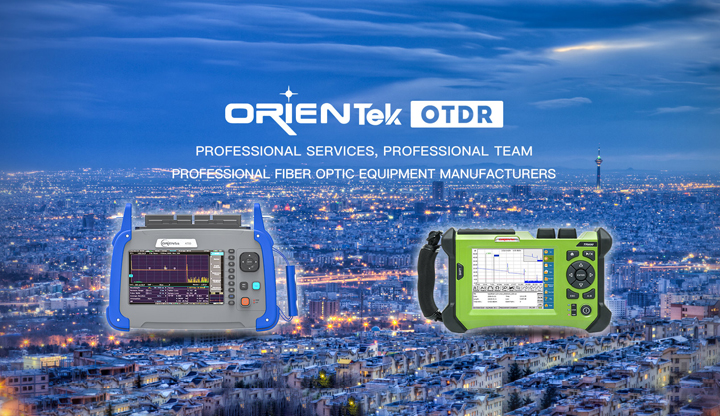
Introduction to OTDR, Source&Meter
OTDR - OTDR is essentially an optical radar. It sends pulses of light into optical fibers, and then analyzes the minuscule amounts of light which is reflected back to them. Also, complex computations are used to determine the size and distance to events encountered in the fiber run. Events are defined as losses or changes in the fiber’s light-carrying capacity.
Source & Meter - Measurements are made with a two stage process. First the source power is measured, then light is put through the device to be tested, and a second measurement is made. The difference in the measurements is the device loss. A single source and meter pair can also be used at each end of a link.
OTDR and Source&Meter: Which Is Better
After knowing about the basic knowledge about these fiber optic testers, there are some features of them you should know so that you can choose the right fiber optic tester for your fiber networks.

Cost - Compared to a loss test set or source & meter, OTDR requires more technical expertise which determines it has higher labor expense. What is more, it has high asset expense and administration expense. So if you plan to use an OTDR frequently, it makes sense to buy one. If not, you had better rent one to reduce cost. As to Source & Meter, far cheaper than OTDR.
Ease of use - OTDR readings must be analyzed and interpreted by trained and experienced people. It’s difficult for a less qualified installer to operate an OTDR and make sense out of it. As a result, using this device can require considerable time and effort. But Source & Meter is the simplest way to ensure that connections are up to standard, and is widely used by almost everyone involved in hands-on work.
Application - OTDR is designed for outside plant (OSP) applications. Most OSP installations involve splicing single-mode fiber to get longer runs and the OTDR allows verifying the quality of the splice. But when that link is finished, it must still be tested for insertion loss with a light source, power meter and reference cables, just like premises cables. Premises cables rarely have splices and are short, often too short for the OTDR to measure. The use of Source & Meter is more flexibility. One source & meter can measure a link. And a source is not needed to do transmission power measurements, so it can be used elsewhere.
From the above analysis, we can see that the cost of OTDR is the highest, and it is more suitable for experts to use. While the cost of Source & Meter is lower . In a word, these fiber optic testers are all indispensable instruments that can illuminate problems in your optical fiber before they bring your system to its knees. Once you are familiar with the features of them, you will be prepared to choose the right one to detect and eliminate your optical fiber events.